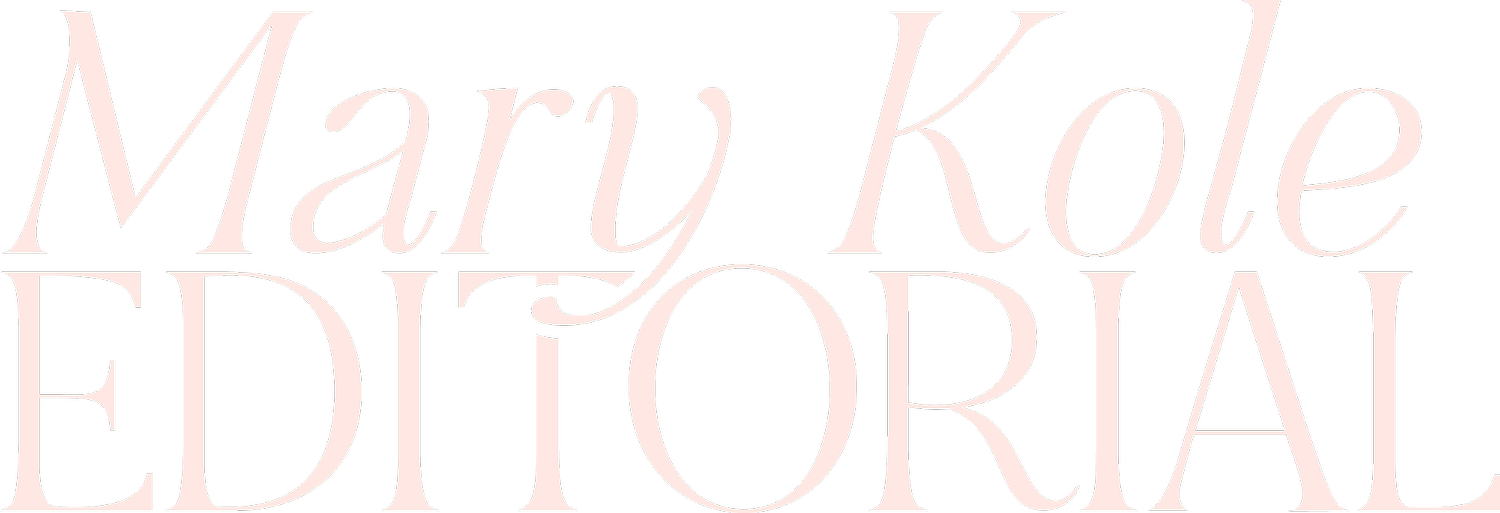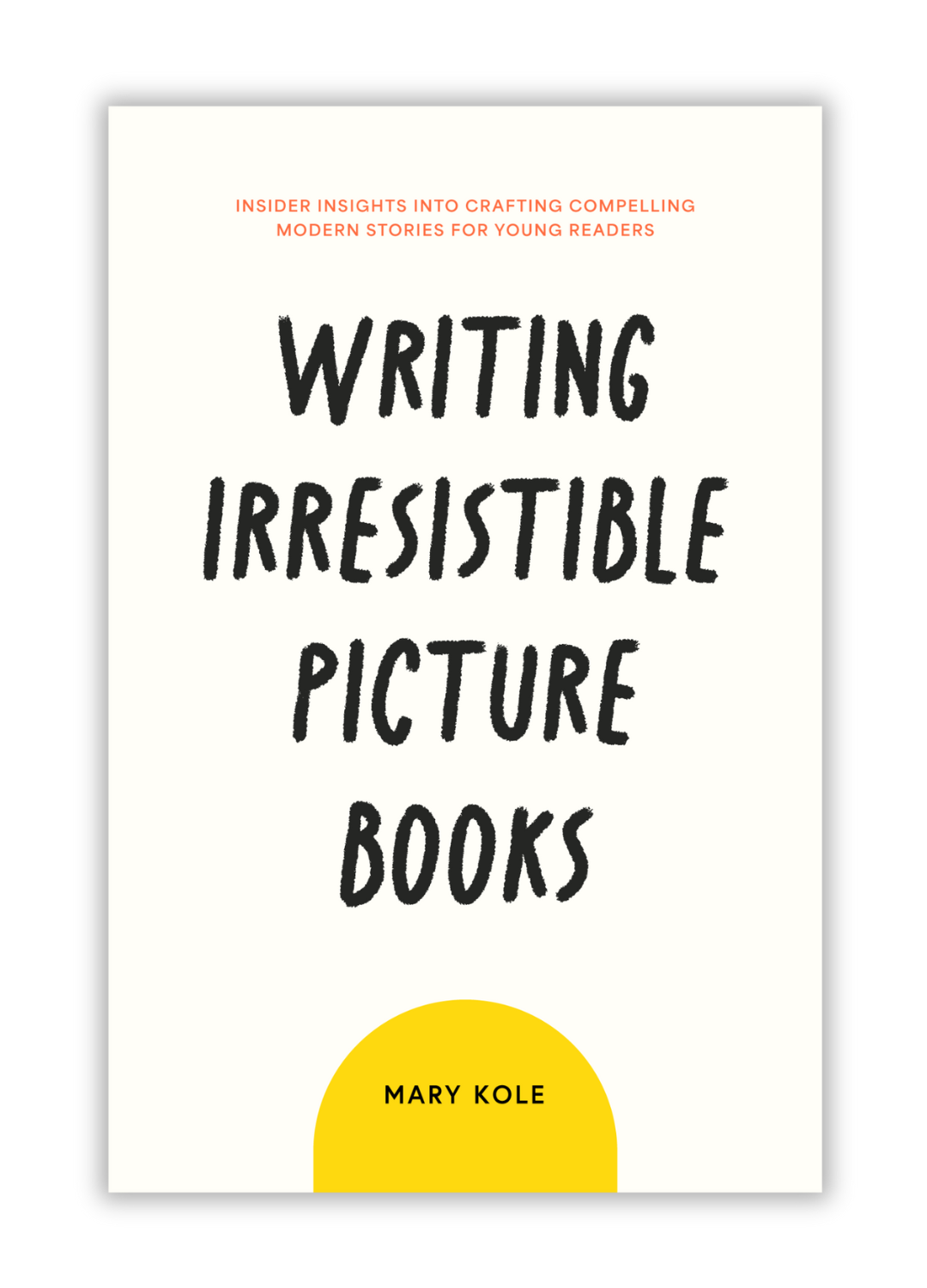What Is a Spot Illustration?
By Mary Kole
Mary Kole is a former literary agent, freelance editor, writing teacher, author of Writing Irresistible Kidlit, and IP developer for major publishers, with over a decade in the publishing industry.
Illustrations are one of the most important aspects of creating a picture book, or any other category of children’s book that generally includes art, like early reader and chapter book. Illustrations bring the story to life, enhance the overall reading experience (especially for kids who don’t yet read independently), communicate a clear sense of the story’s tone, and make your book stand out. There are several different types of illustrations available to help translate a story into pictures. In this article, I’ll delve into the role of the spot illustration in picture book projects, how it can be used in storytelling, and how to indicate opportunities for it in your manuscript with illustration notes.
What is a Spot Illustration?
A spot illustration is an incredibly useful visual storytelling tool in picture book projects. It’s a small illustration that can be placed anywhere on the page, and it can add depth and interest to a scene or help convey an emotion or expression. Spot illustrations are typically used to highlight important details in a scene, to provide additional context, or even to offer humor. For example, a spot illustration could be used to show a character's reaction to a particular event or to emphasize a key piece of dialogue.
Sometimes there can be a sequence of spot illustrations, like a montage, to convey the passage of time. The defining characteristic of a spot illustration is the white space surrounding it. This is not a “full bleed” illustration, meaning that the printing goes past the edge of the paper. A spot illustration is like a little scene with a spotlight shining on it.
How to Call for a Spot Illustration
As a writer, you may not know how to indicate opportunities for spot illustrations in your manuscript. One useful technique is to mark in your manuscript where you think an illustration would be helpful with something called an illustration note. You can use parentheses to call out an opportunity for an illustration, and write what you envision there. This will make it easier for an illustrator to understand the author’s vision and concept for various illustrations that could be included. However, it is important to remember that illustrations should not be relied upon to carry the story completely. The text and illustrations need to work in concert with a picture book idea.
You also shouldn’t micromanage in an illustration note, and this can also mean you might not get the exact illustrations for your picture book that you see in your head. That’s okay. An illustrator is a professional in their own right, and they will have valuable contributions to the project. You shouldn’t get so granular in illustration notes that you are dictating every spread and spot illustration in detail.
It’s essential to remember that, as a writer, you shouldn't be too focused on the illustrations during the manuscript drafting and revision phases. It's important to concentrate on your story and your characters first. If you're not an author-illustrator and plan to hire an illustrator, then you'll have the opportunity to discuss the illustrations with them during the later stages of the project. (If you want to be traditional published, then you don’t have to go through with hiring an illustrator yet, as a traditional publisher will provide one. If you’re self-publishing, you will have to partner with someone to create your illustrations before you can go to market.) If you are an author-illustrator yourself, then you might find that you create the illustrations (at least some mock finishes and a sketch dummy) as the manuscript takes shape, especially since this kind of presentation can make your project look more appealing to gatekeepers.
The spot illustration can be an essential part of your picture book project when used thoughtfully and strategically. It can highlight important details in a scene, strengthen your storytelling, and bring your story to life. As a writer, you can indicate opportunities for these illustrations in your manuscript or find an illustrator for hire. However, it's important to remember that during the early manuscript phase, you should focus primarily on story and characters. Spot illustrations can come later. So, take a breath, relax, and let your story guide the way. One of these days, its full visual expression will come to fruition.

Click here to purchase Writing Irresistible Picture Books, my book on children’s picture books. This comprehensive guide is crammed with craft advice and groundbreaking original research, including a survey of 1,000 upcoming picture book deals, a breakdown of 80 modern and marketable picture book topics, and in-depth analysis of over 150 published picture books.



